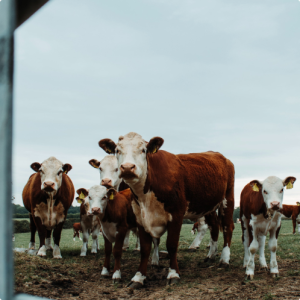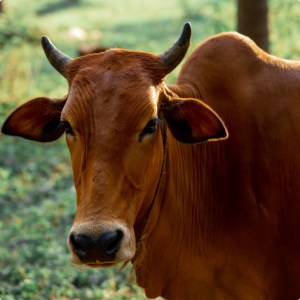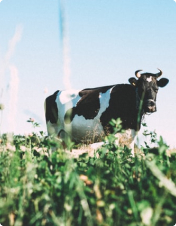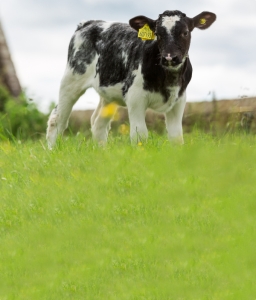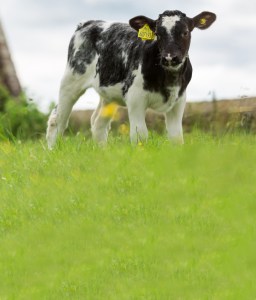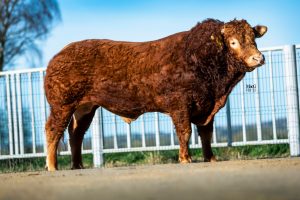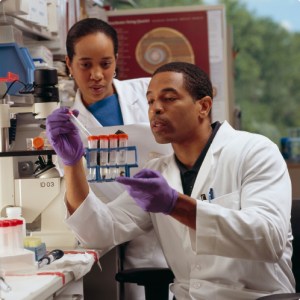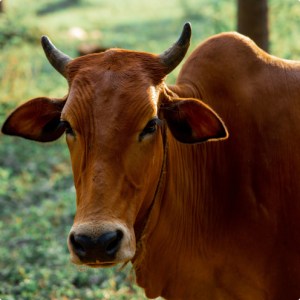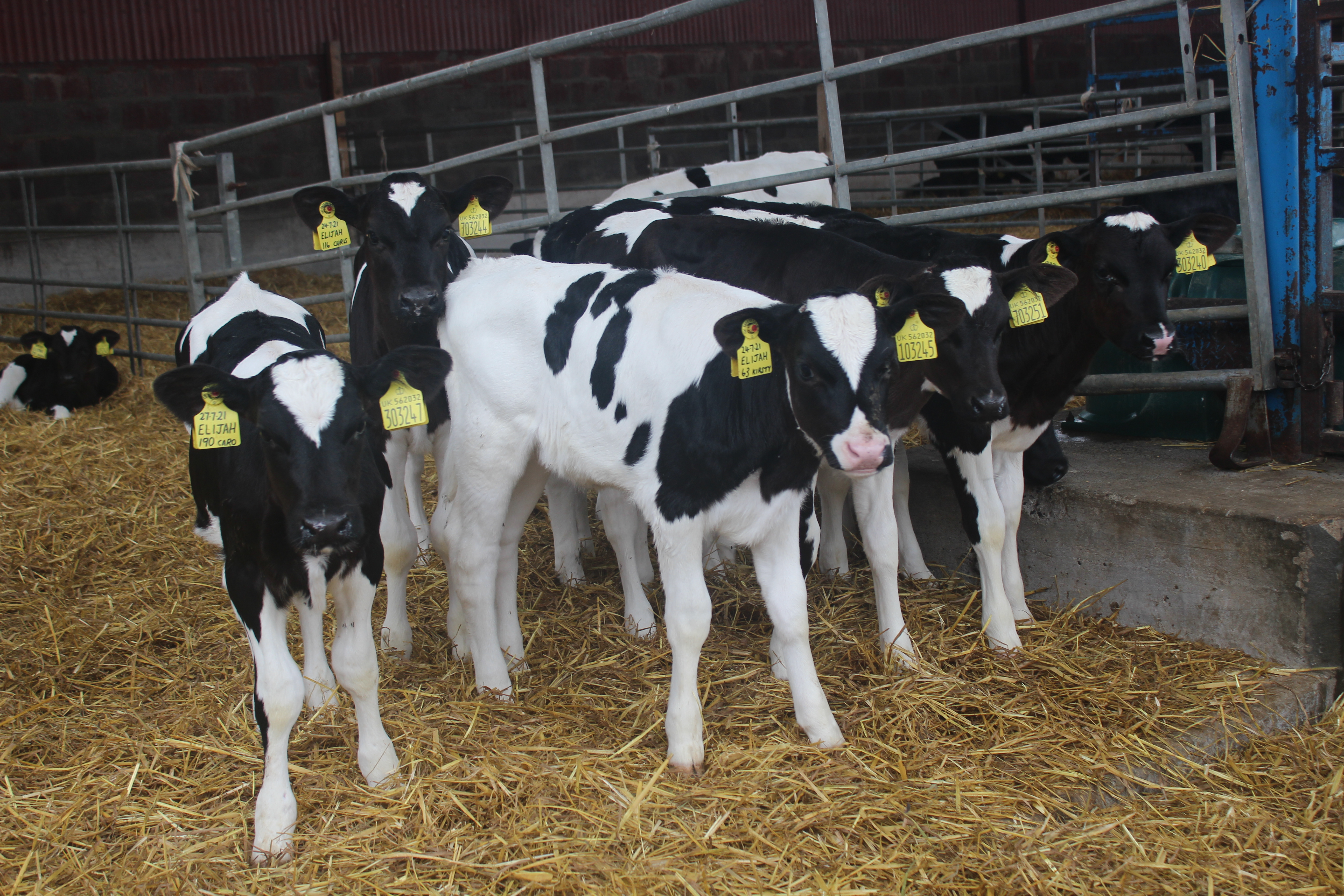Choosing the best genetics is key to improved performance in a dairy herd and recent technological advances have enabled farmers to have much more control over outcomes.
Progressive farmers have embraced sexed semen and genomics leading to a marked impact on breeding both in terms of improved genetic selection and animal welfare.
Davy Dunlop, marketing director for Genus ABS, says understanding their clients’ business and their future strategy is fundamental to selecting the best genetics for their herd.
He says: “Helping our farmers to improve the performance of their herds is no longer simply about selling the best semen to them.
It is about gaining a clear picture of where they want their herd to be in five years’ time.
“We take into account the nature of their milk contract, particularly what bonuses are paid for what the market may be looking for in the future.
We need to learn about the factors limiting performance of the cows and the main reasons why they are leaving the herd,” Mr Dunlop says.
Custom Index
This enables the Genus ABS team to develop a custom index for clients to select the best bulls for the future of their herd.
“We can develop the index based on our client’s objectives, calculating weightings for specific traits.
For example, someone might be looking for an index weighted to milk yield, whereas another farmer might be looking for improved fertility.
“We can now select for individual traits such as milking speed and teat placement which is particularly valuable information for those clients who have robots or are planning to install them,” Mr Dunlop adds.
Genus ABS’ Heifer Optimisation Tool enables farmers to plan a replacement strategy to ensure they have enough heifers coming through.
Mr Dunlop says this technology allows farmers to run a number of different scenarios to help them make breeding choices.
He says: “Farmers can input the numbers of cows they require in the parlour in three years’ time, for example.
“We can now select for individual traits such as milking speed and teat placement, which is particularly valuable for those clients who have robots or are planning to install them” Davy Dunlop
We then input herd specific data such as calving index or pregnancy rate, the percentage of still-born calves and proportion of calves which will make it to the parlour.
“From this data, the Heifer Optimisation tool will calculate the number of animals and services required to achieve the desired number of replacements.
It is possible to compare different scenarios, such as the number of services with sexed semen to give the number of replacements needed, and consequently, the proportion of the herd which can be served with beef semen.
“The Heifer Optimisation Tool will calculate the value of the calves born, based on these options so it is then possible to tweak the variables to compare different breeding strategies to minimise rearing costs and optimise the value of the beef calf crop.”
The use of genomics has further enhanced the ability of farmers to dramatically improve herd performance and reduce wastage in the form of cows reared and entering the herd which do not make the grade.
“Genomics allows us to make better mating decisions because it provides accurate information to determine how a heifer will breed and perform based on her own genetics rather than basing the judgement on data from her parents.
Bull calves
Concerns from milk buyers about the fate of bull calves have translated into growing demand for sexed dairy and beef semen.
Genus ABS beef data collection is improving beef sire genetics, according to Mr Dunlop.
“Retailers are interested in animals which finish faster and have a higher killing out percentage.
Genus ABS is carrying out beef progeny research with various partners to measure growth rates and carcase traits which are related back to their genome so the best sires can be used in the future.
“For beef animals, knowing a calf has the genetics which will result in good growth rates and killing out percentages means even if the calf does not look impressive at a young age, buyers know it has the potential to do well.”
Originally published on Farmers Guardian


